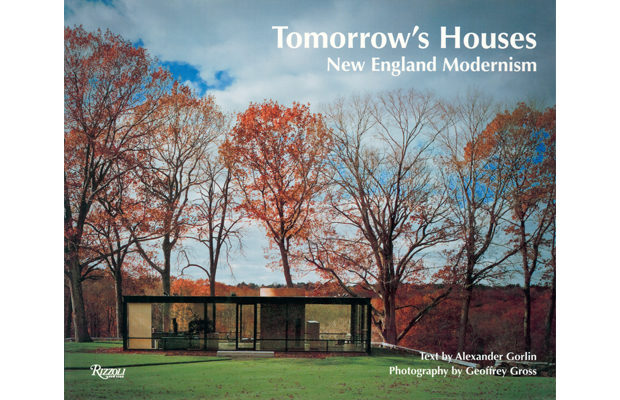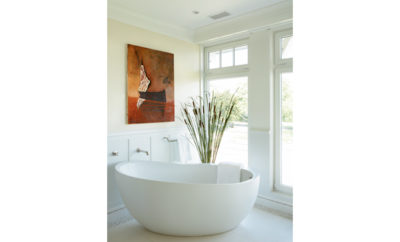
Architecture
Summer 2011

You can argue that a consistently pleasant climate was the chief reason that mid-twentieth-century modernist residential architecture—with its airy rooms and glass walls that promote indoor/outdoor living—thrived in several sections of the United States, such as California, the Carolinas, and Florida. But no such case can be made for another significant crucible of such architecture in the U.S.: the blustery Northeast. In his new book, Tomorrow’s Houses: New England Modernism, the architect Alexander Gorlin offers a twofold explanation for why modern architecture take root in this region of colonial homes and entrenched tradition. Using more than two dozen examples of such houses—richly illustrated by the photography of Geoffrey Gross—he suggests that on the one hand, modernist ideals were in keeping with ingrained Downeaster virtues espoused by such as Henry David Thoreau—the notion of living simply and in harmony with nature. And, secondly, that modernism found currency among progressive intellectuals because of the efforts of Bauhaus refugees such as Walter Gropius and Marcel Breuer, as well as of home-grown worthies like Eliot Noyes, John Johansen, and Philip Johnson. This book is a rare chimera: both eye-candy and brain-candy.
Tomorrow’s Houses: New England Modernism by Alexander Gorlin. Rizzoli, 256 pages, $65












